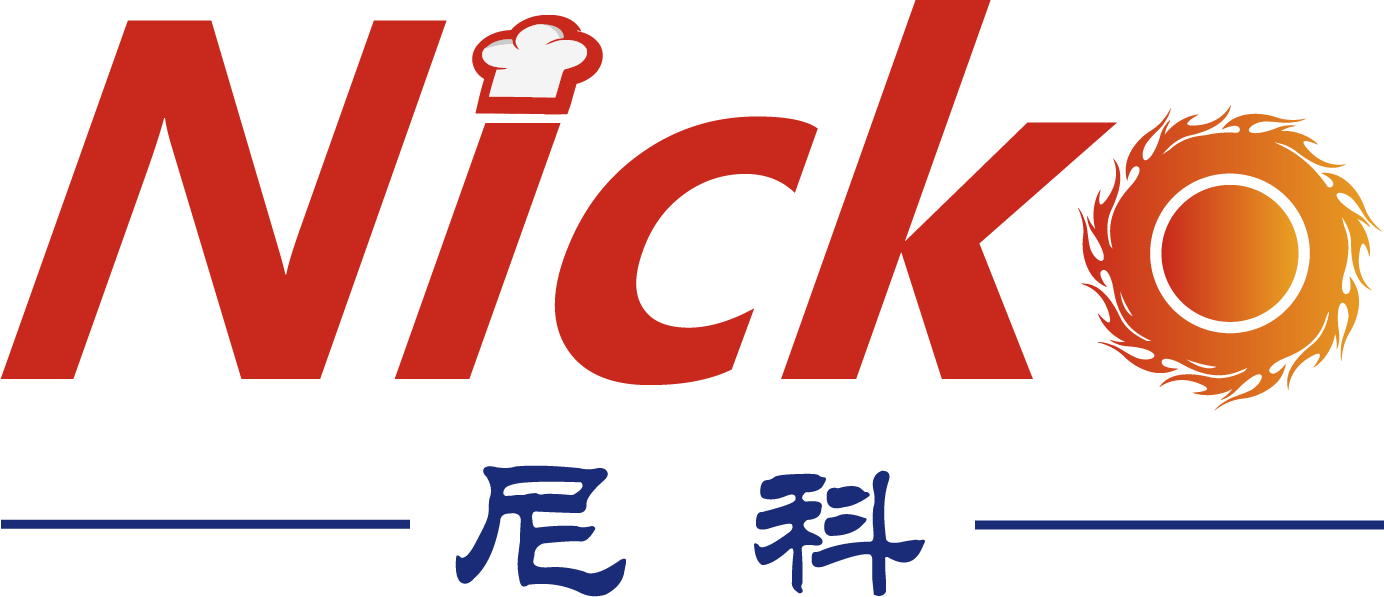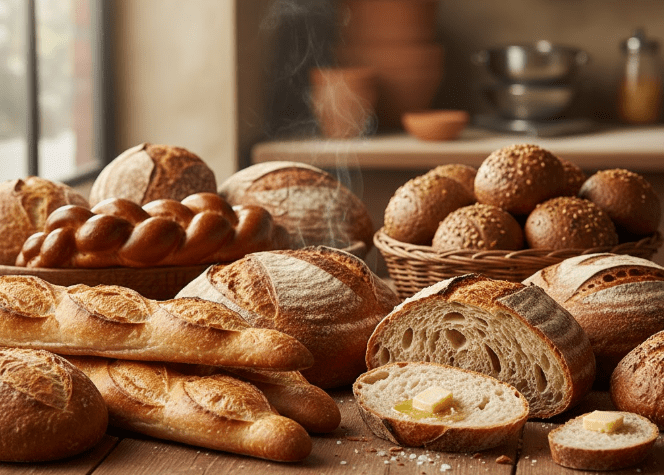Commercial ovens are the most critical and commonly used equipment in restaurants, bakeries, and central kitchens.
However, due to their reliance on power sources, improper use can turn them into severe fire hazards. According to the National Fire Protection Association (NFPA), 30% of fires in the food service industry are caused by oven malfunctions and operational errors in cooking equipment (Source: NFPA 2023 Restaurant Fire Report).
This article identifies the top 5 fire hazards related to commercial ovens, recommends safe oven models, and provides corresponding fire prevention measures to help food service professionals reduce risks.
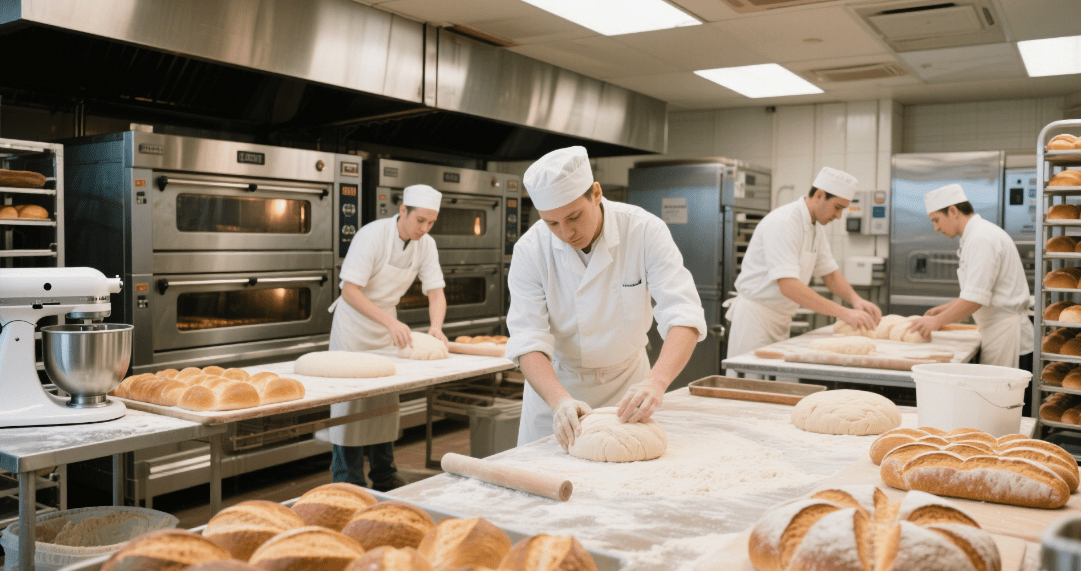
Hazard 1: Grease Accumulation Leading to Spontaneous Combustion
A recent study by the U.S. Fire Administration (USFA) shows that nearly 40% of oven fires are caused by grease buildup. Why does this happen? Commercial ovens typically operate at temperatures exceeding 250°C, while the flashpoint of grease is only about 204°C, making it highly prone to ignition under such conditions.
Prevention Measures:
- Daily Cleaning: Wipe the interior walls and grills with food-grade degreasers.
- Deep Cleaning: Remove deep-seated grease weekly. For removable commercial ovens, disassemble and clean the fan under professional guidance.
- Install Grease Filtration Systems: Some high-end ovens (e.g., Rational) are equipped with automatic grease collection devices.
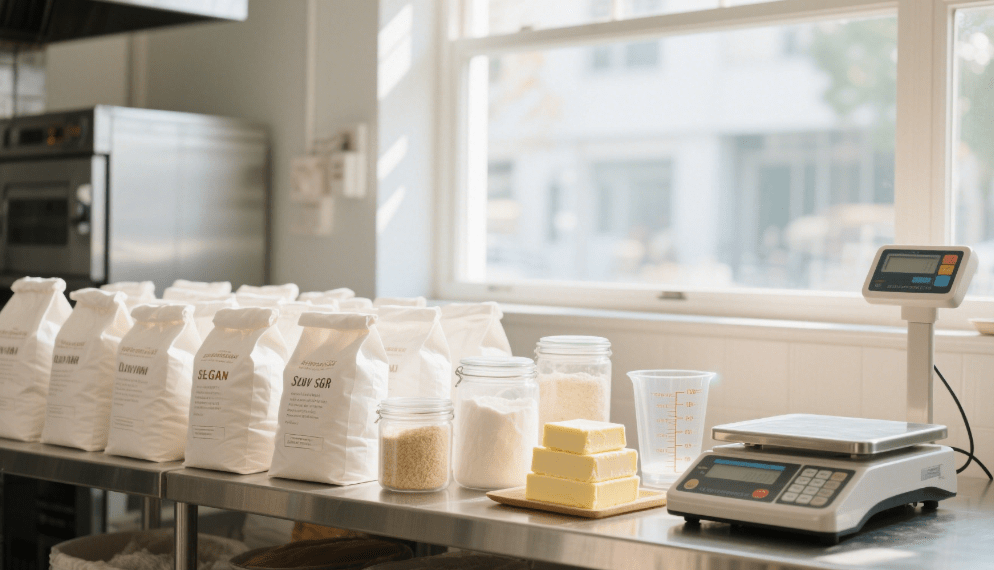
Hazard 2: Thermostat Failure Causing Overheating
Data from commercial equipment repair company Parts Town shows that a significant number of oven fires in the U.S. are due to thermostat malfunctions. A question arises: Is this caused by thermostat defects or improper use?
In fact, a case disclosed by the European Food Safety Authority (EFSA) before 2020 involved a German bakery where a fire occurred after the oven’s thermostat failed, causing continuous heating and igniting surrounding packaging materials.
Prevention Measures:
Regular Thermostat Calibration: Have a professional technician inspect the thermostat every six months, ensuring the error is within ±5°C.
Dual-Safety Models: Choose ovens with dual thermostats and automatic power-off protection.
Install High-Temperature Alarms: Trigger alarms when temperatures rise abnormally.
Safe Oven Recommendation:
The Nicko Infrared Rotary Oven features independent over-temperature protection for electrical switches. Additionally, its combustion chamber is lined with 10–15mm thick fire arrester castings to prevent burnout, air leaks, and deformation. The oven also has a large alarm light device to clearly distinguish multiple baking zones, ensuring baking safety.
Nicko Infrared Rotary Oven https://www.nicko.com.cn/product/infrared-rotary-oven/

Hazard 3: Aging or Short-Circuited Electrical Wires
The U.S. Bureau of Labor Statistics (BLS) reports that some commercial kitchen fires are caused by aging wires in outdated ovens. Short circuits due to aging wiring can easily ignite flammable materials in the kitchen, leading to serious fires—most often a result of long-term neglect of electrical maintenance. This issue requires urgent attention.
Prevention Measures:
- Inspect Power Cords: Replace damaged or charred wires immediately.
- Avoid Overloading Circuits: Do not share a single-phase power supply with other high-power devices.
- Upgraded Short-Circuit Protection: Choose models with Residual Current Device (RCD) protection.
Safe Oven Recommendation:
The Nicko 12/16/32/64 Trays Rotary Oven is suitable for baking different quantities of food and comes with comprehensive safety features, including leakage protection to reduce the risk of electric shock and fires.
Nicko 12/16/32/64 Trays Rotary Oven https://www.nicko.com.cn/product/12-16-32-64trays-rotary-oven/
Hazard 4: Combustible Materials Near Heat Sources
NFPA investigations show that some oven fires are caused by combustible materials being too close to the oven. When using commercial ovens, especially standard models with poor heat insulation, the high ambient temperature can easily ignite flammable materials.
Common flammable materials in kitchens include grease, flour, alcohol, paper, plastic, wooden tableware, and gas (e.g., natural gas, liquefied petroleum gas).
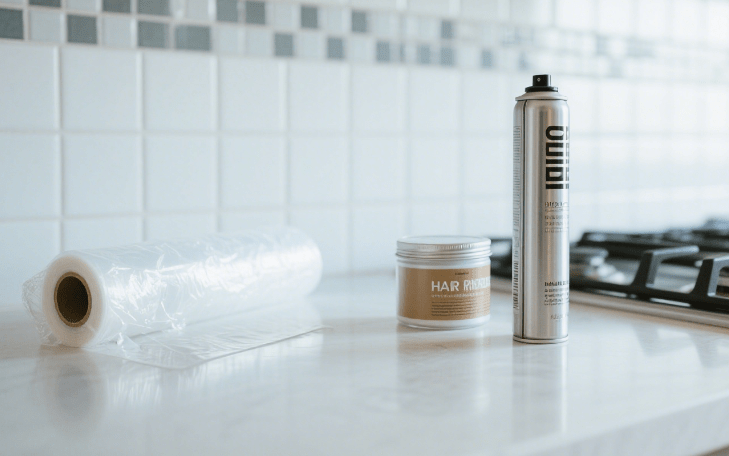
Prevention Measures:
- Enforce the 30cm Rule: Keep flammable materials at least 30cm away from ovens.
- Use Fire-Resistant Materials: Replace plastic containers with metal storage boxes.
- Install Insulation Panels: Stainless steel heat shields can significantly reduce external temperatures.
Hazard 5: Unattended Abnormalities
The National Restaurant Association (NRA) reports that some severe oven fires occur after business hours. Why? There are real-world cases in some countries where fires spread due to delayed discovery in unattended bakeries.
Prevention Measures:
24/7 Monitoring Systems: Install thermal imaging cameras or smoke detectors.
Automatic Shutdown Features: Set maximum operating times.
Employee Training: Ensure all staff can use fire extinguishers (especially for grease fires).
Safe Oven Recommendation:
The Nicko Infrared Rotary Oven features a customized intelligent computer control panel with 12 memory settings, allowing precise adjustment of temperature and baking time. Its core components—original Schneider relays and Japanese-imported burners—ensure temperature accuracy.
Nicko Infrared Rotary Oven https://www.nicko.com.cn/product/infrared-rotary-oven/
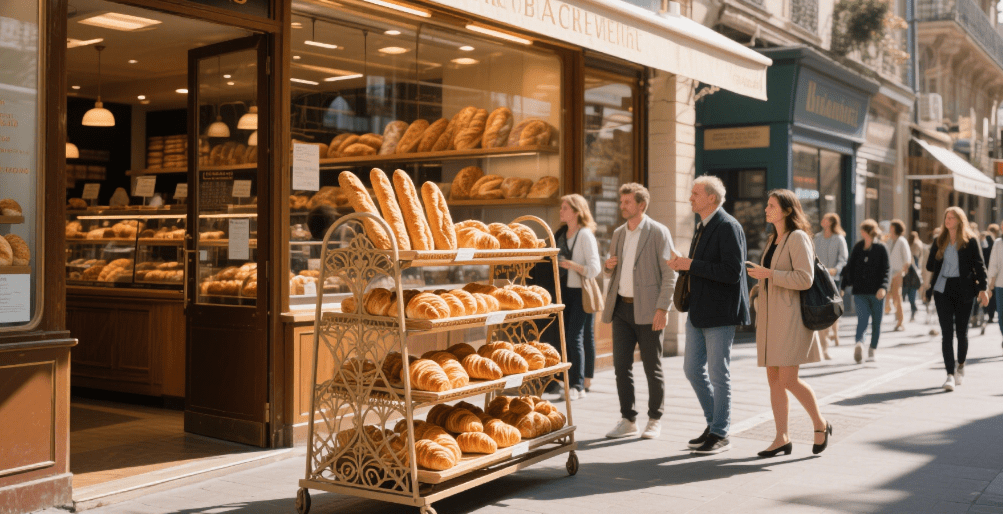
Conclusion
The average loss from an oven fire is approximately $35,000 (Source: Insurance Information Institute), far exceeding the cost of regular maintenance. Investing in safe oven equipment can reduce insurance premiums and prevent disasters. Is your kitchen fire-prepared? Immediately implement the measures above to nip risks in the bud!
Data Sources:
- National Fire Protection Association (NFPA)
- U.S. Fire Administration (USFA)
- Parts Town (commercial equipment repair database)
- European Food Safety Authority (EFSA)
- Hong Kong Electrical and Mechanical Services Department (EMSD)
